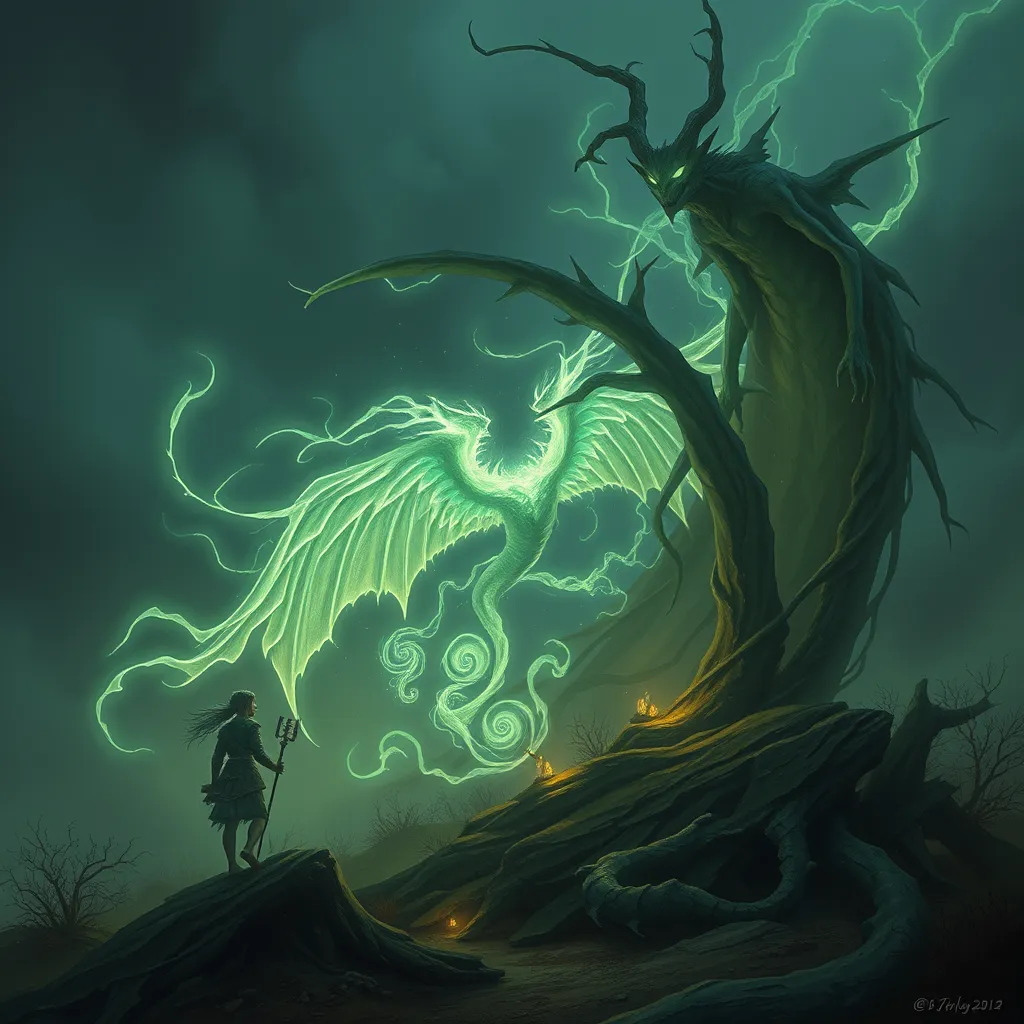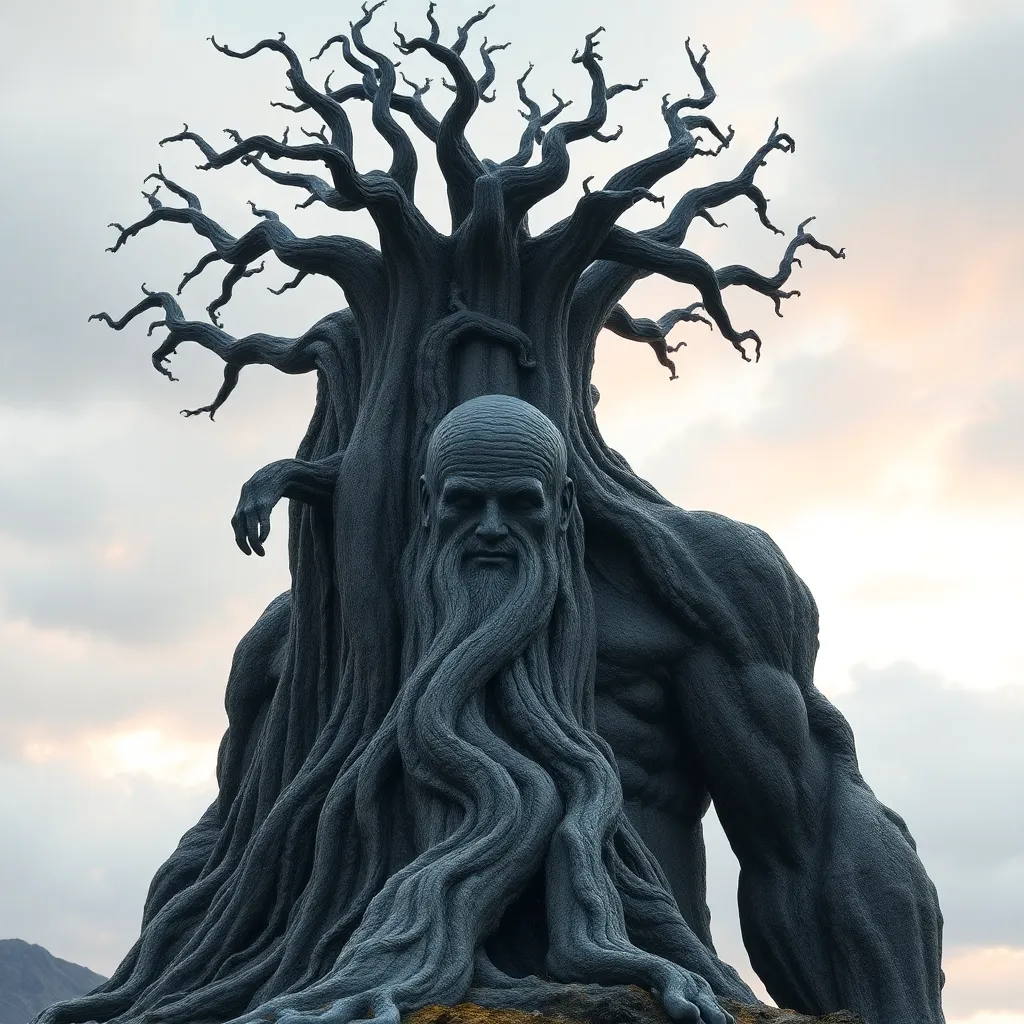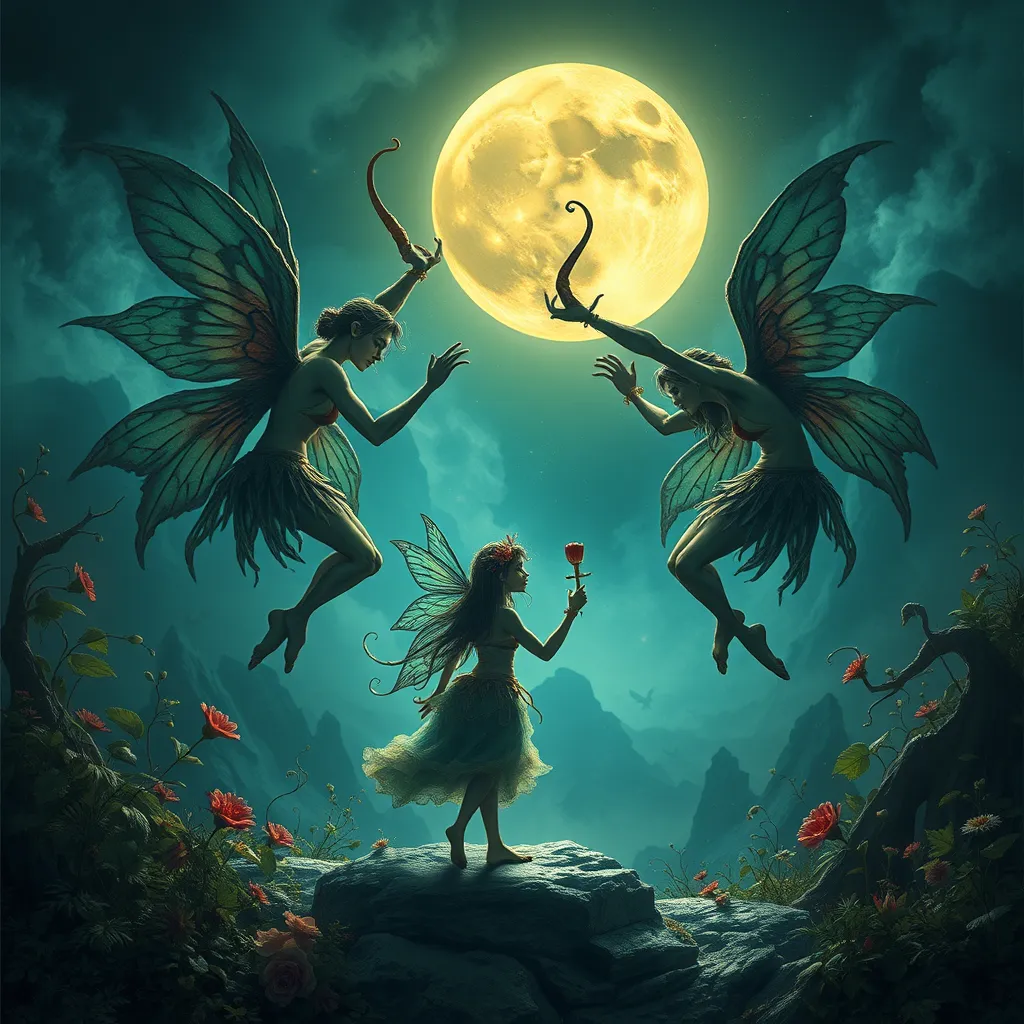The Banshee’s Evolution: From Ancient Myths to Modern Adaptations
I. Introduction
A Banshee, originating from Irish folklore, is often described as a female spirit who heralds the death of a family member by wailing or shrieking. This ethereal figure has captivated imaginations for centuries, symbolizing the deep connections between life, death, and the mourning process. This article aims to explore the evolution of the Banshee from its ancient roots in Celtic mythology to its contemporary representations in popular culture. Understanding the Banshee’s journey allows us to appreciate its cultural significance and the ways in which folklore adapts over time.
II. Historical Origins of the Banshee
The Banshee has its roots deeply embedded in Celtic mythology, where it is known as the “Bean Sí” or “woman of the sídhe.” This term refers to the supernatural beings associated with ancient burial mounds in Ireland. The Banshee’s primary role in ancient Irish folklore was to serve as a harbinger of death, often linked to specific families or clans.
In traditional tales, the Banshee would appear to announce the death of a loved one, often in a haunting wail that struck fear and sorrow into the hearts of those who heard it. This wailing, known as “keening,” was an integral part of the mourning process, symbolizing the deep grief experienced by those left behind.
The symbolism of the Banshee extends beyond mere death; it represents the intersection of life and the afterlife, acting as a guide for souls transitioning from one realm to another. This connection to mortality has made the Banshee a powerful symbol in various aspects of Irish culture.
III. Banshee Characteristics in Traditional Stories
Descriptions of the Banshee’s appearance and traits vary across different regions of Ireland. Common characteristics include:
- A long, flowing gown, often white or grey, symbolizing purity and mourning.
- Long, unkempt hair, which she is sometimes seen combing with a silver comb.
- Eyes that reflect deep sorrow or an ethereal glow.
Variations in Banshee legends can be found in different regions, with some tales describing her as a beautiful woman and others portraying her as a more terrifying figure. This diversity highlights the Banshee’s adaptability within folklore, reflecting the cultural nuances of different communities.
The significance of the Banshee’s wail cannot be overstated. It is often described as a mournful sound that resonates with the listener’s deepest fears and sorrows. In many stories, hearing the Banshee’s wail is a direct omen of impending death, reinforcing the idea of her as a messenger between the worlds of the living and the dead.
IV. The Banshee in Literature and Art
The Banshee has been a subject of fascination in classical literature, where she often embodies themes of loss and the supernatural. Early works included references in ballads and stories that emphasized her role as a lamenter of the dead.
Artistic depictions of the Banshee have evolved over time, ranging from haunting illustrations in ancient manuscripts to modern interpretations in paintings and digital art. Artists often capture the duality of her nature—both beautiful and terrifying—reflecting the complex emotions surrounding death and mourning.
In poetry and storytelling, the Banshee has inspired countless writers. Her wailing serves as a poignant metaphor for grief, loss, and the inevitability of death. Many poets have drawn upon the image of the Banshee to explore themes of love and loss, cementing her place in the literary canon.
V. The Banshee in Popular Culture
In modern interpretations, the Banshee has found new life in film and television. Many horror films and series have utilized her character as a ghostly figure, often reimagining her as a vengeful spirit or an enigmatic presence. Shows like “Supernatural” and films such as “The Secret of Kells” showcase her in various forms, often deviating from traditional representations.
The Banshee has also made her mark in video games and graphic novels, where her wail can be a powerful narrative device. Games like “The Witcher” series feature Banshee-like characters, contributing to the lore and mythos surrounding them.
These portrayals often differ significantly from traditional myths, focusing more on horror elements rather than the cultural significance of mourning and death. This shift reflects broader trends in media, where supernatural figures are often used for entertainment rather than as cultural symbols.
VI. The Banshee in Contemporary Folklore
In recent years, there has been a resurgence of interest in Banshee stories, particularly in the context of contemporary folklore. Many modern storytellers are revisiting the Banshee as a symbol of empowerment and transformation rather than just a harbinger of death.
Community adaptations and retellings in the 21st century have explored themes of resilience and strength, allowing the Banshee to evolve into a more complex figure. This reinterpretation highlights the Banshee’s capacity to embody both grief and empowerment, reflecting societal changes in how we view death and loss.
VII. The Impact of the Banshee on Modern Mythology
The Banshee’s role in shaping new mythological narratives is significant. As she transitions into modern storytelling, she influences the creation of new myths that resonate with contemporary audiences. This impact can be seen in various media where themes of loss, identity, and the supernatural intersect.
When compared to other mythological figures, the Banshee stands out due to her unique connection to the Irish cultural heritage. Unlike many mythological figures who are often depicted as heroes or warriors, the Banshee embodies the complexities of human emotion, making her a compelling character in modern contexts.
Moreover, the Banshee has become a cultural icon that transcends her Irish origins, inspiring adaptations and interpretations across various cultures. Her story often resonates with themes of femininity, power, and the natural cycle of life and death.
VIII. Conclusion
In summary, the evolution of the Banshee from ancient myth to modern adaptations illustrates the fluid nature of folklore. As a figure representing death, mourning, and transformation, the Banshee continues to capture the imagination of people worldwide.
Preserving folklore like that of the Banshee is crucial, as it not only honors cultural heritage but also enriches contemporary storytelling. As we look to the future, the Banshee’s narrative will likely continue to evolve, reflecting our changing perspectives on life, death, and the human experience.



